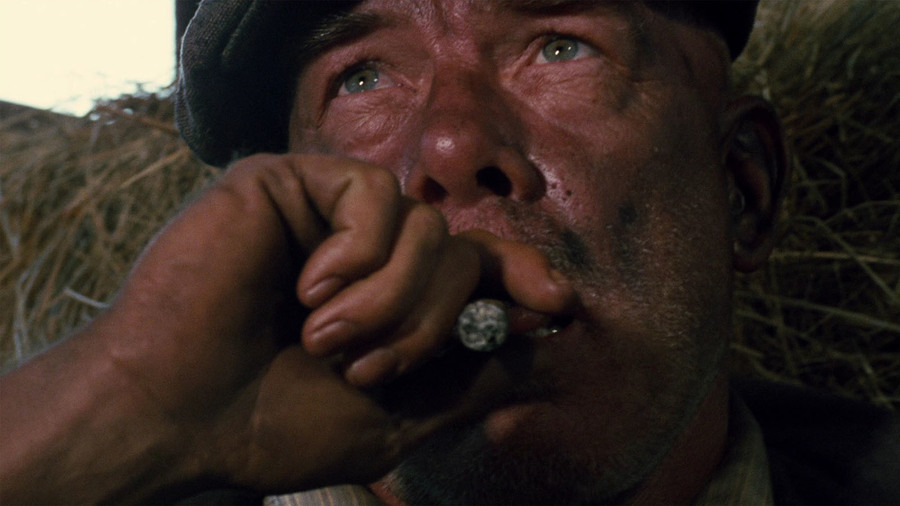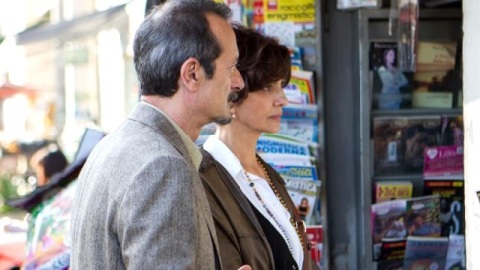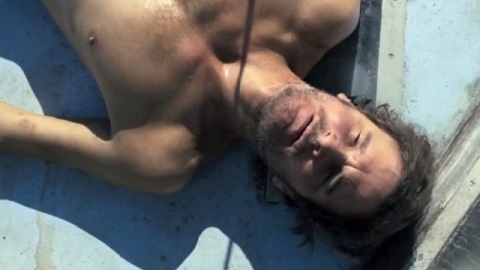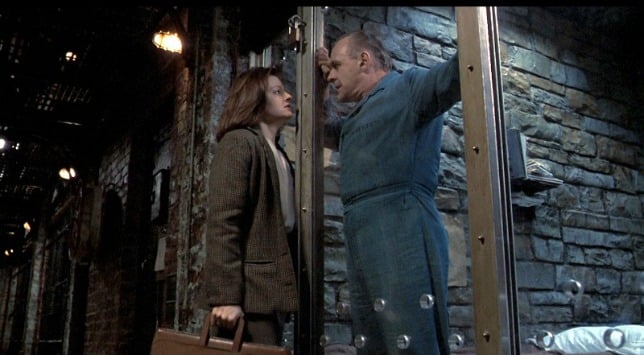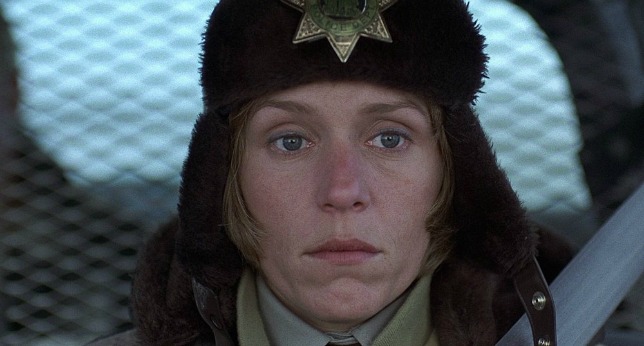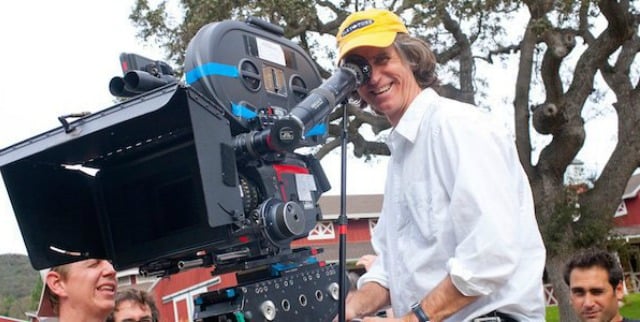
When Universal Pictures released King of Jazz into cinemas across the United States in 1930, producer Carl Laemmle Jr. and everyone else involved thought, or at any rate hoped, that they had made a must-see prestige musical about the most popular bandleader of the day: Paul Whiteman, the king of the title. Junior Laemmle, as he was called by everyone in Hollywood, had been given the post of head of production at Universal two years earlier, at age twenty, by his father, Carl Sr., as though this massive job were a pony or a Meccano set. Now, like the inveterate poker player he was, Junior took what he thought was a good hand with King of Jazz—a big name for the marquee, a flashy hook in the form of early Technicolor, a chance to ride the “revue” craze that was sweeping Hollywood—and pushed in all his chips.
And what Universal and Junior and Whiteman and everyone else got was a busted flush. As James Layton and David Pierce write in their soup-to-nuts production history, the final bill for King of Jazz was a staggering two million in 1930 dollars, and while every cent is visible on-screen, the movie stiffed cold. It was a costly mistake for Universal, a studio whose finances always provided its biggest cliff-hangers.
But over the years, King of Jazz has come to be loved as a unique piece of Hollywood recklessness, as a record of stage acts whose memory might otherwise have died with their audience, as the apex of early Technicolor and a time capsule of American popular music. A succession of musical and comic acts staged and strung together with vivid originality by Broadway veteran John Murray Anderson (for his sole screen-directing credit), the film has historical importance for several reasons, one being that it’s the movie debut of a crooner named Bing Crosby. Der Bingle sings “Music Has Charms” (“though it’s classy or jazz”) over the credits and appears in several sequences with the Rhythm Boys, a vocal group that often performed with Whiteman. Crosby might have made an even bigger impression had he not gone on a bender during filming, cracked up his car (on Hollywood Boulevard, no less), and been sentenced to sixty days in jail, having had the poor judgment to crack wise with the judge. A furious Whiteman replaced him with the decidedly less charismatic John Boles for what would have been the singer’s one solo, “The Song of the Dawn.” Still, those ears, that ease of manner, and that glorious voice make the rest of the Rhythm Boys recede into the background.
And Crosby is far from the movie’s only claim to significance. The five-minute opening sequence consists of the first Technicolor cartoon, animated by Woody Woodpecker creator Walter Lantz; it shows Whiteman on a lion hunt in Africa, soothing the beast with a solo supplied by famed jazz violinist Joe Venuti. Another landmark: when Whiteman’s orchestra appears inside a gigantic piano, and chorus girls dance in perfect synchronization for the grand “Rhapsody in Blue,” we are hearing and watching that George Gershwin composition being performed with the same conductor and by nearly the same musicians who played its debut, the main difference being no Gershwin at the piano.
Anderson had made his name with innovative theatrical revues that challenged conventions at every turn, with intricate lighting design and poetic concepts for individual numbers. He was known for a fanatical (and expensive) attention to detail, down to spending long days of rehearsal time teaching his chorus girls the precise way he wanted them to walk. King of Jazz reflects many of Anderson’s most cherished stage ideas, including the “scrapbook” construction, which came from a production called Murray Anderson’s Almanac. (In a bit of foreshadowing that no one heeded, that revue, while highly regarded, had also flopped.) The movie also utilizes Anderson’s longtime collaborator Herman Rosse as production and costume designer. For this project, Rosse created elaborate, soaring sets that contained few props or furniture, the better to focus attention on the performers.
Together, the duo used early color supremely well, although the two-color process takes some getting used to. The Technicolor company usually insisted that all light be white, for fear the colors would shift, but Anderson and Rosse demanded colored lights, a technique they had frequently used in their stage shows, to deepen and intensify the pastel hues characteristic of two-color. The forerunner of the beloved three-strip Technicolor used for much of the classic-film era, two-color renders white actors’ complexions in rosy shades of pink and does a great job with greens and reds. But most yellows are impossible, and true blue is basically out of the question, which is why “Rhapsody in Blue” is rendered in silver and teal. The effect is somewhat abstract but, when restored to its original luster, also very beautiful. As Layton and Pierce point out, Rosse’s costumes for the film use multiple shades of the same color to bring out textures and contrasts. This paid off particularly well for “Rhapsody in Blue,” where he used gray and silver throughout the set to make the various shades of teal and turquoise more suggestive of the title hue.
The final film unspools like an impossibly huge stage production, complete with Irish vaudevillian Charles Irwin acting as emcee, as well as humorous “blackout” skits between the production numbers, which onstage would have permitted scenery and costume changes. Many performers came from the stage and did numbers that they had honed for years. One such example is “My Ragamuffin Romeo,” performed by Marion Stadler and Don Rose: a rag-doll number—a sort of acrobatic dance—that finds Stadler being pushed, pulled, and otherwise contorted into a number of jaw-droppingly flexible positions. Another is “Happy Feet,” a dance performed by the Russell Markert Dancers (who later became Radio City’s Rockettes) and the Sisters G, Berlin cabaret stars who dance energetically and sing in a mix of English and German. Their presence offers a spooky dose of Weimar in this otherwise aggressively American production.
Other showstoppers include “Monterey,” a romantic Mexican number with John Boles and the Markert Dancers, with the object of Boles’s affections played and sung by the stunning Jeanette Loff, who at the time seemed destined for a stardom that never came (her career fizzled, and she died twelve years later); and “A Bench in the Park,” which features the Rhythm Boys as well as the Brox Sisters, a celebrated vocal act of the twenties. “My Bridal Veil” is rather static but may be the best showcase for Rosse’s costume designs, featuring a series of wedding dresses through the years, and climaxing with Loff walking up a staircase wearing a veil made of real Brussels lace—the whole thing a treat for any student of fashion history.
Undeniably, King of Jazz comes with the limitations of its time. The most obvious problem for any modern audience is that it’s disconcerting, at a minimum, to encounter a film with the word jazz in its title with no visible acknowledgment of African American musicians, and the music’s black roots alluded to only in the highly stereotypical cartoon and the introduction to “Rhapsody in Blue,” when the dancer Jacques Cartier does a “voodoo” number in head-to-toe black body paint. Admittedly, the movie was in tune with the prevailing contemporary attitude. George Gershwin may have asserted that jazz “is black and white. It is all colors and all souls unified in the great melting-pot of the world.” But the big “Melting Pot” finale (a version of which Anderson had done onstage before) winds up being a tour of Europe, as Germans in lederhosen, Scots in kilts, Volga boatmen, and various other European nationalities in matching parade costumes come on-screen in succession. Each group performs an ethnic number of some sort, after which the designated ethnicity descends into a literal, gigantic, gold-painted pot. Certainly this is rare cinematic spectacle; it was filmed on one of the largest indoor sets ever constructed, and Layton and Pierce estimate that each nationality winds up with about 125 dancers onstage, plus the entire Whiteman orchestra on a revolving platform. Nevertheless, it’s hard to get over a melting pot whose sole ingredient is vanilla. And there’s the uneasy matter of the Cartier performance, a version of which he’d presented in two different Broadway shows. His dancing is remarkable—he had even drawn a good review from Harlem Renaissance poet Countee Cullen—but Cartier’s role as the painted representative of jazz’s African origins reminds modern audiences of the way black performers were sidelined to accommodate the era’s stereotypes.
Meanwhile, though Whiteman frequented Harlem clubs and counted Duke Ellington, Fletcher Henderson, and Eubie Blake as friends, music scholars still debate whether what the man known as King of Jazz played was actually jazz. He limited improvisation and arranged his numbers in the style he preferred. “I could never understand why jazz had to be a haphazard thing,” he said. When the movie was made, Whiteman’s style of what he called “symphonic jazz” was at its height: he offered syncopated dance music, popular songs given the orchestral treatment, and orchestral music lightly jazzed up. Whiteman is a classic example of the mainstreaming of something that began as edgy, bohemian, and black. When his orchestra played Paris in 1926, one American journalist wrote earnestly, “It is to be hoped that all French and other misguided jazz-players will go to hear Mr. Whiteman, and learn that jazz is not a riot of noise but something much more insinuating and subtle.” In later years, that kind of praise would sound damning. Whiteman, however, filled his band with talented jazz musicians and paid them high salaries. The cornetist for a time was the great Bix Beiderbecke, but alas, he had departed before the movie was made.
But it was that very mainstream palatability that Universal was banking on when it signed Whiteman to a contract in 1928 and put its prolific comedy director Wesley Ruggles
in charge of draping a movie around the portly star. Whiteman disliked the first script, a considerably fictionalized biopic, complete with a romance. His primary objection: he didn’t want to act. During the ensuing arguments, Ruggles jumped ship for RKO, where, Layton and Pierce write, his own musical film Street Girl “was shot, cut, and released before any cameras would roll on King of Jazz.”
Next in the director’s chair was Paul Fejos, the “Magyar Genius,” who’d helmed the poetic Lonesome (1928), a triumph of location shooting, and had just shot the dazzling Broadway for Junior. Unfortunately, Fejos also didn’t have much affinity for the Whiteman project, although at least he agreed a love story wasn’t the way to go. “But what on earth will you do with him?” Fejos asked about Whiteman. “He’s a man inordinately fat.” Time ticked on and costs mounted, even after Fejos departed and Anderson was brought on to create a revue, Universal having given up on making an actor out of Whiteman.
In the end, those production delays cost the movie more dearly than anyone could have foreseen. By the time King of Jazz made its bow, Hollywood had indulged its eternal tendency to run a trend into the ground, and revues were such a drug on the market that some other musicals were being advertised with taglines like “Positively not a revue!” There was also the little matter of what happened on Wall Street on October 29, 1929. The worst of the Great Depression was in the future, but the effects of the crash were already being felt.
The critics were mostly dismissive, although the frequently dunderheaded Mordaunt Hall of the New York Times liked it, and Herman Rosse wound up winning an Oscar for his work. But the wide audience the big budget anticipated simply wasn’t there. Universal didn’t release another musical until the exotically titled Moonlight and Pretzels in 1933.
The revue format did allow Universal to recut the film for foreign markets, splicing in the likes of Bela Lugosi, Swedish and Hollywood star Nils Asther, and Japanese character actor Tetsu Komai to introduce the numbers for various countries. The movie was surprisingly successful abroad, helping to salve some of the financial wounds. In 1933, as Universal’s finances remained precarious, King of Jazz was recut for the American market and rereleased, and while it once again failed to set the box office on fire, this time it did turn a profit.
The experience did nothing to alter Junior’s taste for bold projects, as demonstrated by James Whale’s 1931 Frankenstein, which wasa spectacular success, and the artistic daring of movies like Frank Borzage’s Little Man, What Now? (1934), a scathing critique of fascism produced well before Hollywood became comfortable with anti-Nazi themes. In hindsight, however, the Whiteman project was another instance of Junior’s persistent budget creep. Universal’s deficits grew over time until another out-of-control musical, Whale’s Show Boat, caused a chain reaction that in 1936 resulted in the Laemmles’ losing control of the studio they’d built. Meanwhile, John Murray Anderson went back to the theater, returning to Hollywood occasionally for jobs such as staging the finale of Esther Williams’s first starring feature, Bathing Beauty (1944).
As for King of Jazz, Junior and Anderson’s grand mutual folly: it disappeared. The film never circulated on the 16 mm nontheatrical market. It was never licensed for television. In 1971, Whiteman’s widow, Margaret Livingston, asked Universal about the status of King of Jazz and was told the studio had neither a print nor a printable negative—since the two-color process was obsolete, the fact that the company still had a negative, albeit from the shorter 1933 rerelease, didn’t matter. If you wanted to watch King of Jazz, that was that. You couldn’t. When the British Film Institute held a season of musicals in 1954, all it could show was a four-minute trailer.
But passionate archivists and private collectors persisted in searching for this legendary piece of music and film history. When King of Jazz began to resurface in the sixties, it came back in fragments that were gradually reassembled like a dinosaur skeleton. Each rediscovered scene whetted appetites for more. One nitrate print was used by British late-night film host and collector Philip Jenkinson to make 16 mm copies; that print later turned up in the holdings of Raymond Rohauer, the controversial collector known for acquiring the libraries of artists such as Buster Keaton. Meanwhile, a shortened, cobbled-together VHS release in the eighties widened the film’s fan base but failed to do its beauty justice.
A movement to name King of Jazz to the National Film Registry, spearheaded by writer and film historian David Stenn and Ron Hutchinson of the Vitaphone Project, resulted in the film’s addition to the list in 2013. That in turn helped justify the expense of a restoration by NBCUniversal, which involved evaluating some sixteen different picture elements (four of which were used) from about ten different sources. I saw the film in 2016 at the Museum of Modern Art in New York with a capacity crowd that applauded every number as though they were back on Broadway in 1930. Many films have cults; few films have been saved from oblivion by those cults. It’s safe to say that King of Jazz is at last finally receiving the rapturous reception it was denied for more than eighty years.
Farran Smith Nehme has written about film and film history for the New York Post, Barron’s, the Wall Street Journal, Film Comment, the Village Voice, and Sight & Sound. She writes about classic film at her blog, Self-Styled Siren. Her novel, Missing Reels, was published in 2014.




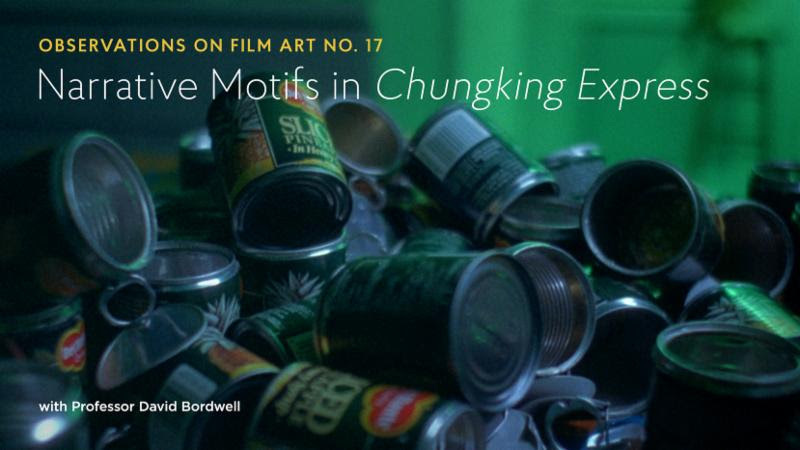
_large.jpg)
_large.jpg)
_large.jpg)
_large.jpg)
_large.jpg)
